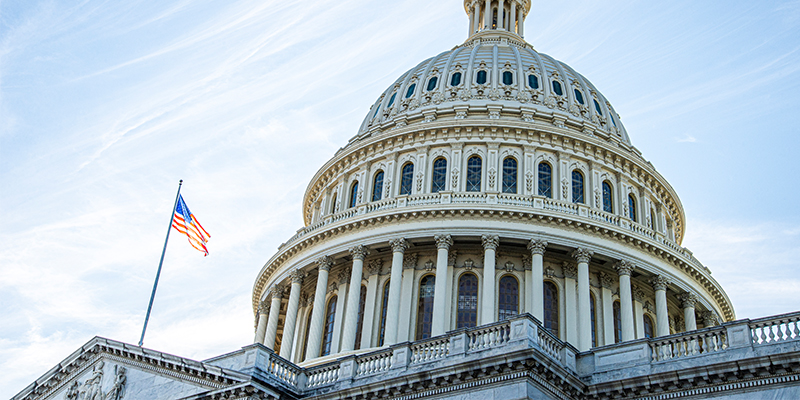Commercial real estate developers and owners recognize the important role they must play in combating the effects of climate change. In my state, New Jersey, residential and commercial buildings account for the second-largest share (26%) of greenhouse gas emissions, while 87% of residential buildings and 82% of commercial buildings rely on natural gas for heating spaces and water.
To address climate change, Governor Phil Murphy (D) has issued an energy master plan to achieve this with an unrealistic goal: converting New Jersey into a 100% clean energy economy by 2035. The governor has directed this plan to be updated in the coming year.
NAIOP New Jersey is approaching the governor’s initiative as an opportunity to improve an unrealistic policy document that has done little to achieve its lofty goals. Critically, this is an opportunity for our industry to make a meaningful contribution toward an energy policy that is realistic, achievable and addresses the threat we all face from climate change.
Our resolution: Being part of the solution.
A leading environmental group in New Jersey has cast our industry as “massive corporations that only care about making billions of dollars no matter what.” This “us versus them” mentality is part of the problem, and as an industry we should rise above such rhetoric. We can come to the table and help improve energy policies so they’re workable, achieve tangible improvements in energy efficiency, and lower the use of carbon-based power sources in the commercial real estate sector.
We cannot rely on far-flung nongovernmental organization consultants with separate agendas to determine our energy future. The commercial real estate industry is knowledgeable and committed to improving communities. In my opinion, we are here to help get this right and a credible process rooted in reasonable expectations will yield a policy that enables our industry to contribute to achieving important and sensible climate goals. To make this happen, I believe there are several things we must do:
1: Focus on the grid.
Developers and owners have successfully completed or hosted scores of renewable energy projects, but many others are incomplete due to grid capacity issues. Government and the utilities sector must first fully examine the electric grid and develop a comprehensive capital strategy for substantially increasing electrification, including to the transportation sector, before imposing consumer mandates or arbitrary reductions in building energy use.
2: Keep all options open.
A leading New Jersey business and industry group said it best: “An all-electrification policy ignores other options for carbon reduction that will develop over time such as hydrogen and renewable natural gas. It discounts the possibility of carbon capture and storage to eliminate source and atmospheric carbon emissions. It ignores technologies available today such as CNG [carbon-neutral gas] that can have immediate benefits.”
3: See new development and redevelopment as decarbonization opportunities.
New buildings have the potential to feature leading-edge investments in low- and no-carbon energy solutions. Older buildings can be retrofitted but at much greater cost, and state and local opposition to development projects can make clean energy goals difficult to reach. With well-designed incentives and rate structures, a lot can be accomplished.
4: Do not bypass the New Jersey Legislature.
In New Jersey, our next energy master plan needs to recognize the limits of state agency authority and chart a course to work with the Legislature on any policy that includes a consumer mandate or arbitrary reduction in energy use in buildings. The public, in New Jersey and all states, deserves more input than they’re getting. No branch of government should consider mandates unless ratepayer impacts are well understood, and technology and infrastructure are in place to ensure no group or community is unfairly targeted.
5: Costs matter.
Unlike the state, a grassroots coalition, Affordable Energy for New Jersey, sought to determine what implementing New Jersey’s energy master plan would cost residents and businesses. Working with an economist and energy policy expert, the coalition group estimated the state’s energy plan would cost residents $1.4 trillion. That’s about $140,000 per resident between now and 2050.
Costs should be discussed upfront. We know societies, environments and markets change. Expectations of buildings change, too. As commercial real estate leaders, we focus on tackling challenges such as rising interest rates and rising office vacancies. Let’s also commit to making an honest effort to be part of the discussion to lower carbon emissions.














